9 of the World’s Most Revered Herbal Medicines
Herbal Medicines
For untold generations, civilizations across the globe have entrusted their well-being to botanical alchemy — ancient herbal pharmacopeias that continue to echo through the ages.
Even amidst the torrent of medical innovation and technological proliferation, the appetite for earthy, plant-derived therapies shows no sign of abating. Globally, the herbal medicine trade now reaps an estimated $60 billion per annum — a testament to humanity’s enduring reverence for natural cures.
Why this resurgence? For many, plant-based potions are not only financially gentler than their pharmaceutical counterparts, but also harmonize with personal health philosophies steeped in nature’s rhythm.
And yet, the perennial question remains: do these herbal titans truly deliver what tradition promises?
Below unfurls a curated anthology of nine globally venerated herbal medicines — their primary virtues, traditional deployments, and cautionary caveats.
-
Echinacea
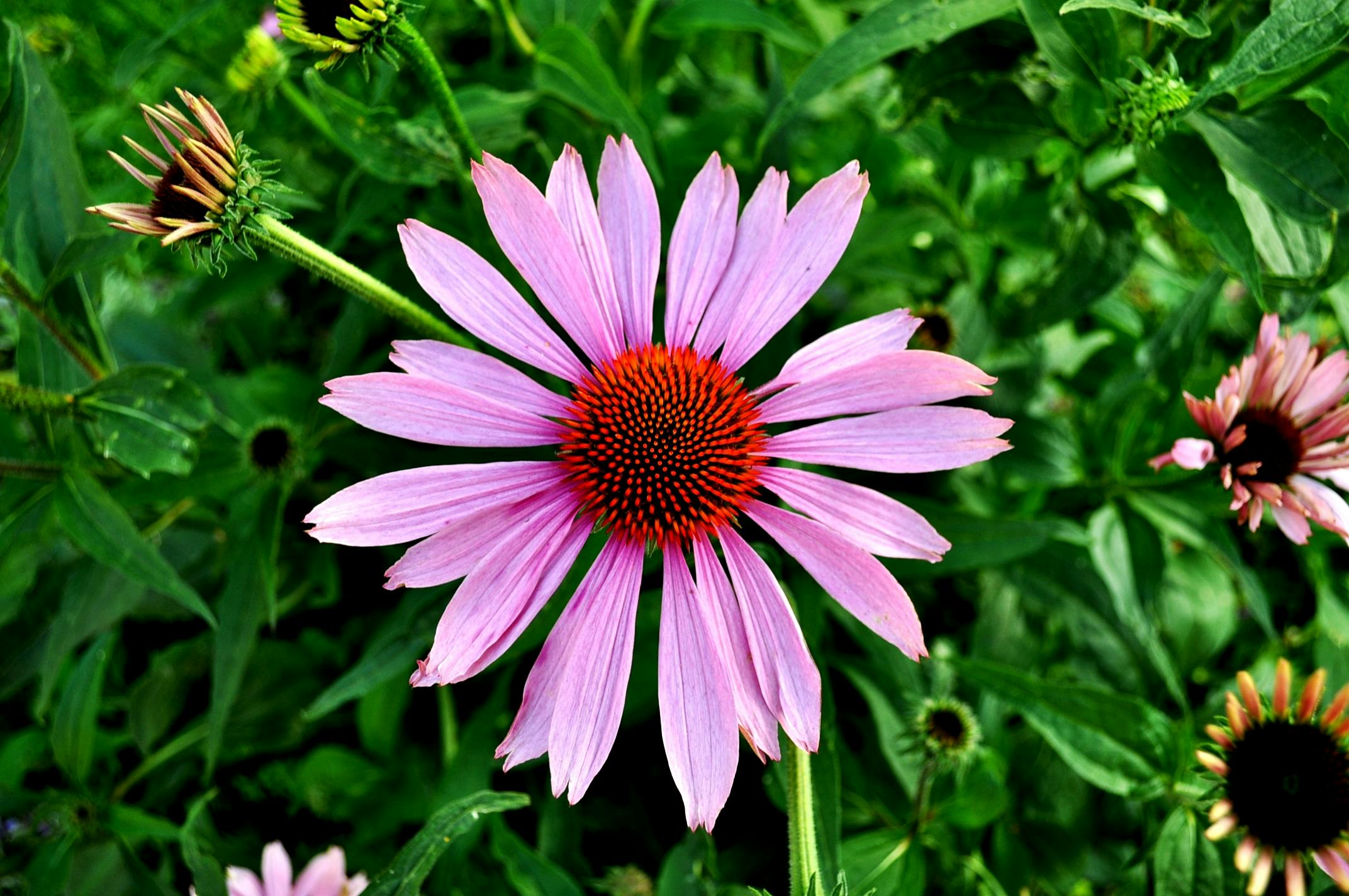
Commonly christened coneflower, Echinacea is a blossoming native of North America whose petals and roots have long danced in healing rituals among Indigenous peoples. From inflamed wounds and aching teeth to fiery throats and unsettled bellies, echinacea was once a panacea.
Modern adherents most often sip it as tea or swallow it in supplemental form — with occasional topical use. Despite widespread acclaim as a guardian against the common cold, empirical support is tenuous at best. One exhaustive review of over 4,000 participants hinted at a modest 10–20% dip in cold occurrence — though the herb’s potency post-infection remains unverified.
Brief usage poses little peril, yet nausea, abdominal twinges, and skin blotches have crept up in sporadic cases. You’ll spot this herb on most health food shelves and digital dispensaries alike.
In essence: Echinacea may temper your odds of catching a cold, but the jury is still out. Use with moderate expectation.
-
Ginseng
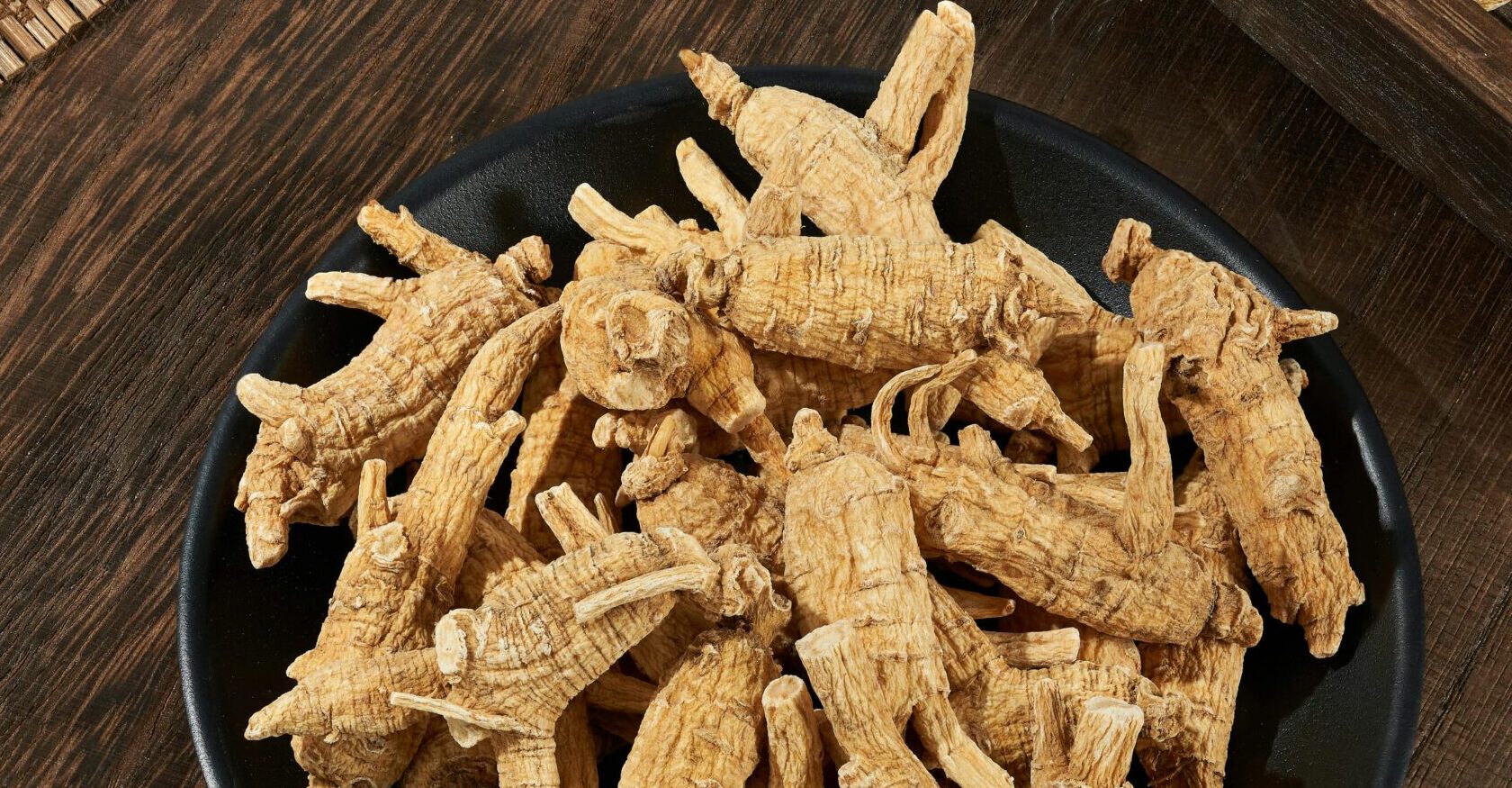
Ginseng — the root of mystique and vigor — has long simmered in the brew pots of traditional Chinese medicine. Revered as both balm and stimulant, it’s harvested for its fortifying essence believed to bolster cognition, combat fatigue, and stoke immune defenses.
Two primary strains dominate: Panax ginseng (Asian) — thought to invigorate, and Panax quinquefolius (American) — more sedative in tone.
Though folklore surrounds it, contemporary science tiptoes around definitive proof. Lab analyses highlight ginsenosides — compounds teeming with neuroprotective, anti-tumor, and anti-diabetic promise. But human trials are sparse and scattered.
Short-term ingestion is largely benign, though some report insomnia, cephalalgia, or gastric murmurs. Ginseng roots and capsules abound in natural health apothecaries and virtual markets.
Summed up: Ginseng tantalizes with ancient credence and potential biochemical power, yet modern data hasn’t fully corroborated the myths.
-
Ginkgo biloba
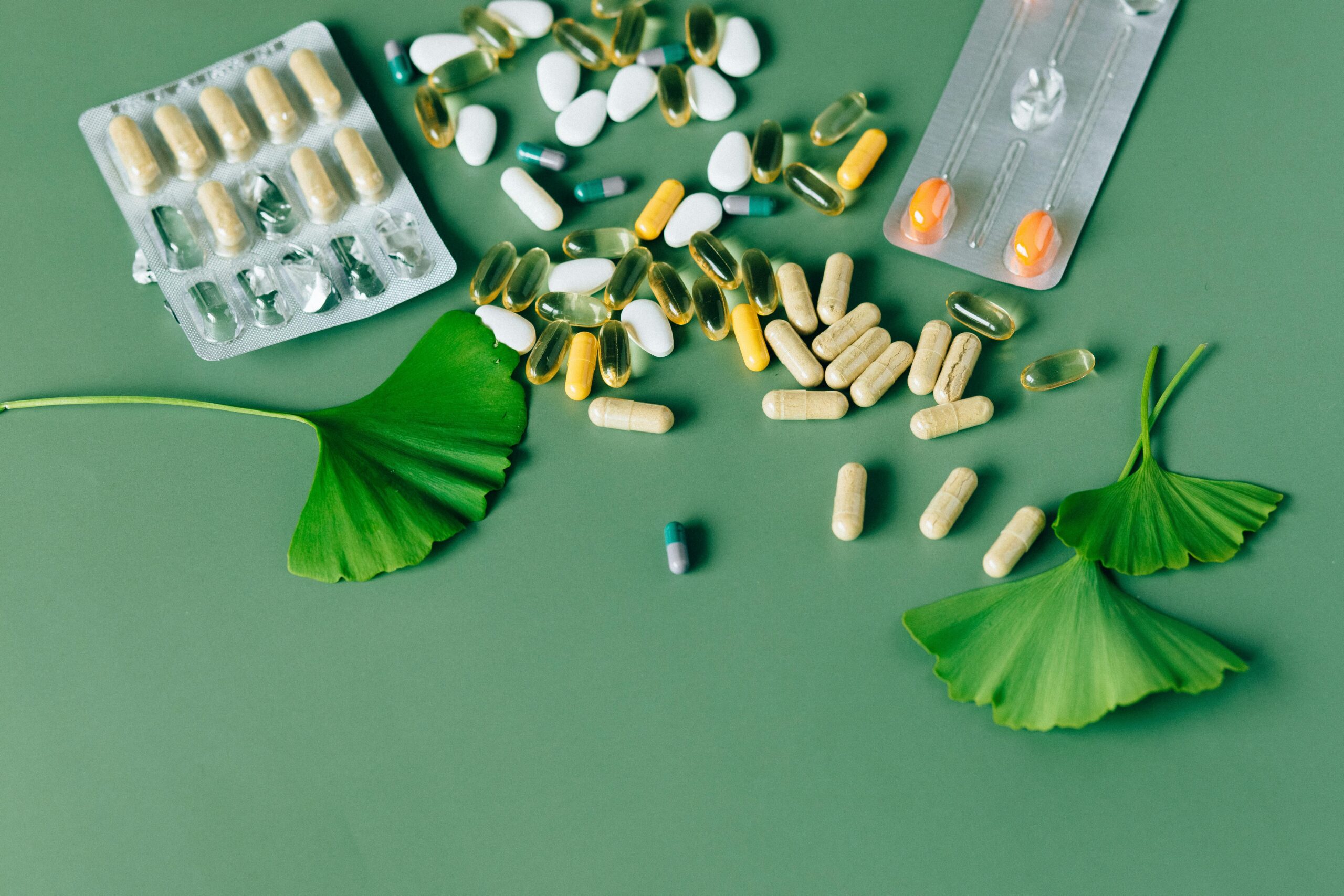
Plucked from the prehistoric maidenhair tree, Ginkgo biloba wears the laurel of one of the oldest surviving tree species — and possibly one of the most mythologized.
For millennia in Chinese apothecaries, ginkgo’s fan-shaped foliage has steeped into tonics reputed to awaken the mind, strengthen the heart, and kindle vitality. Antioxidants within are deemed responsible for its physiological impact.
Nowadays, its concentrated leaf extract is the favored form — though its seeds, sometimes eaten raw or toasted, bear a whisper of toxicity.
From memory fog to circulation woes and sexual despondency, ginkgo has been prescribed as a remedy. Nonetheless, scientific trials have yielded inconclusive or negligible results.
Adverse effects include cranial throbbing, palpitations, and gastrointestinal unrest. Notably, it may increase bleeding risk, especially when mingled with anticoagulants.
In brief: Ginkgo holds the allure of antiquity and antioxidant promise but falls short of firm modern validation.
-
Elderberry
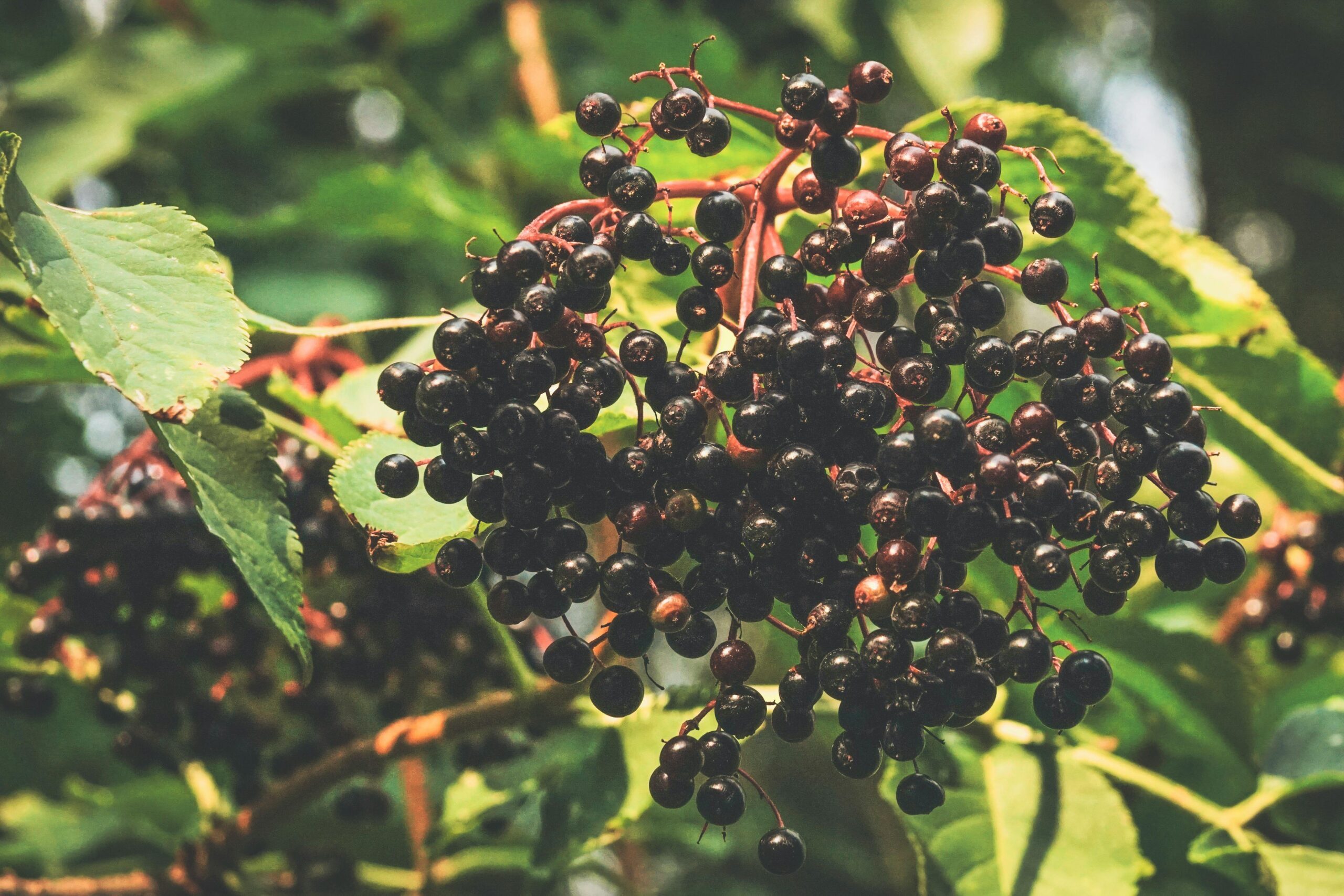
Distilled from the deep-purple berries of Sambucus nigra, elderberry is a time-honored herbal tincture. Medieval Europeans enlisted it for everything from neuralgia and dental pain to viral afflictions and sluggish digestion.
Modern formulations — from viscous syrups to lozenges — chiefly target flu-like malaise and sniffles. Some prefer the artisanal route, boiling elderberries into teas alongside honey or ginger.
Petri dish experiments show it brims with antioxidant and antiviral compounds. A few small human trials even hint at shortened flu durations — yet robust comparative studies remain wanting.
Unripe or uncooked berries harbor toxins and may incite nausea or purging. When properly prepared, however, elderberry is generally benign.
To sum: A trusted flu-season companion, elderberry shows promise but should never be consumed raw.
-
St. John’s Wort
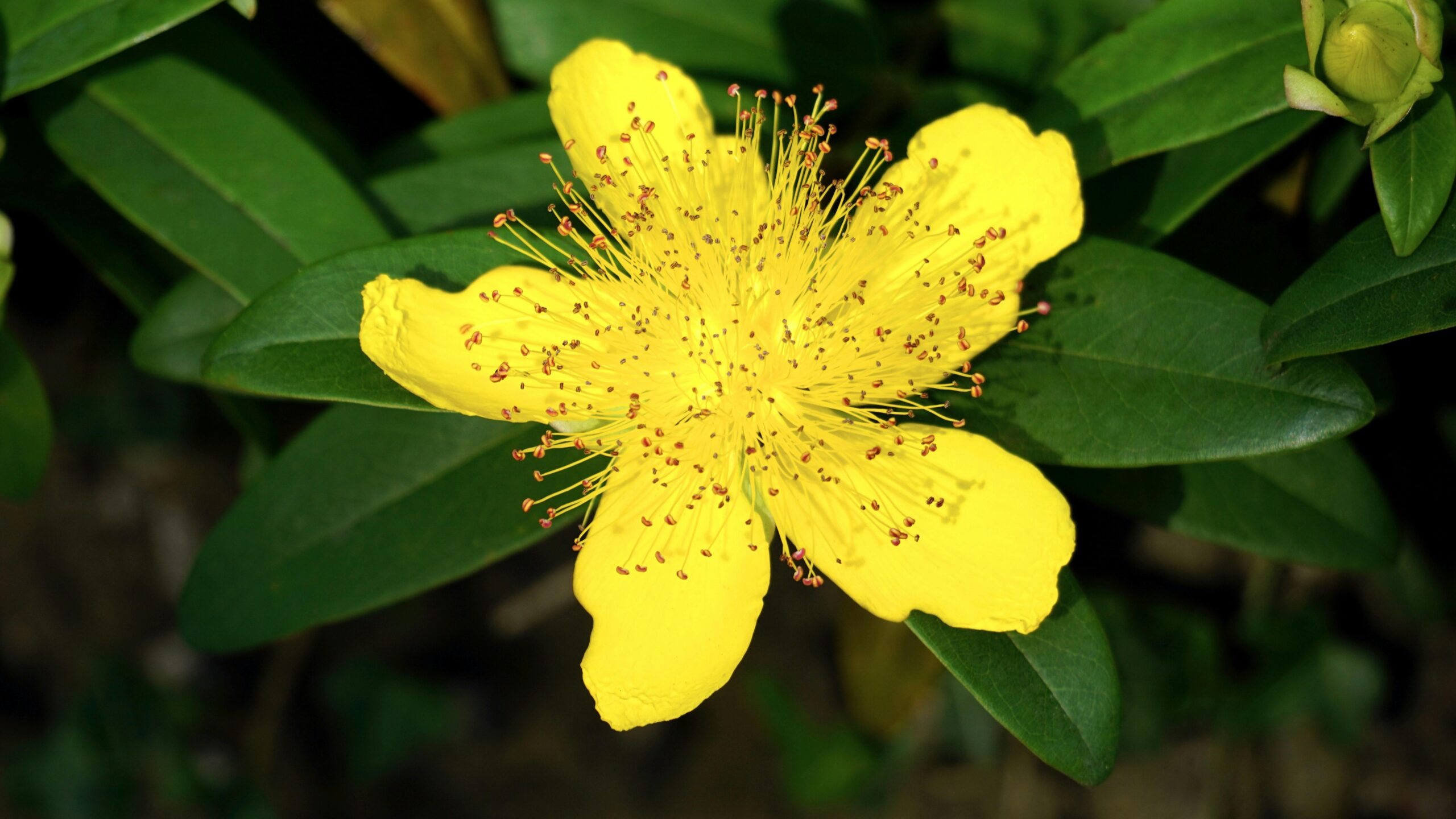
Extracted from the sun-drenched blooms of Hypericum perforatum, St. John’s wort has long been regarded as a botanical antidepressant — from ancient Greece to modern Europe, where physicians still recommend it.
Traditionally brewed for melancholia, sleeplessness, and wound healing, today it’s most esteemed for alleviating mild-to-moderate depression. Numerous short-term trials equate its efficacy to standard antidepressants — but without the same clarity on long-term or severe cases.
Mild side effects — dry mouth, dizziness, or sun sensitivity — are not uncommon. But the real peril lies in its prolific interaction with pharmaceuticals, from contraceptives to anticoagulants.
Essentially: Effective for lighter shades of depression, St. John’s wort is potent but must be approached with medicinal vigilance.
-
Turmeric

A golden relic from the ginger lineage, turmeric has colored both cuisine and healing lore for over a thousand years. Its crowning jewel, curcumin, is a molecule of powerful anti-inflammatory charisma.
Especially in arthritis care, curcumin supplements have shown promise on par with ibuprofen — minus the harsh side effects. It also beckons as a candidate for easing anxiety, metabolic imbalances, and chronic discomfort.
Although culinary turmeric adds flavor and hue, therapeutic doses usually demand concentrated supplements. High intake may lead to loose bowels or cutaneous irritation.
Distilled: Turmeric’s fiery root and its curcumin core make for a potent inflammation foe — best taken in measured supplementation.
-
Ginger
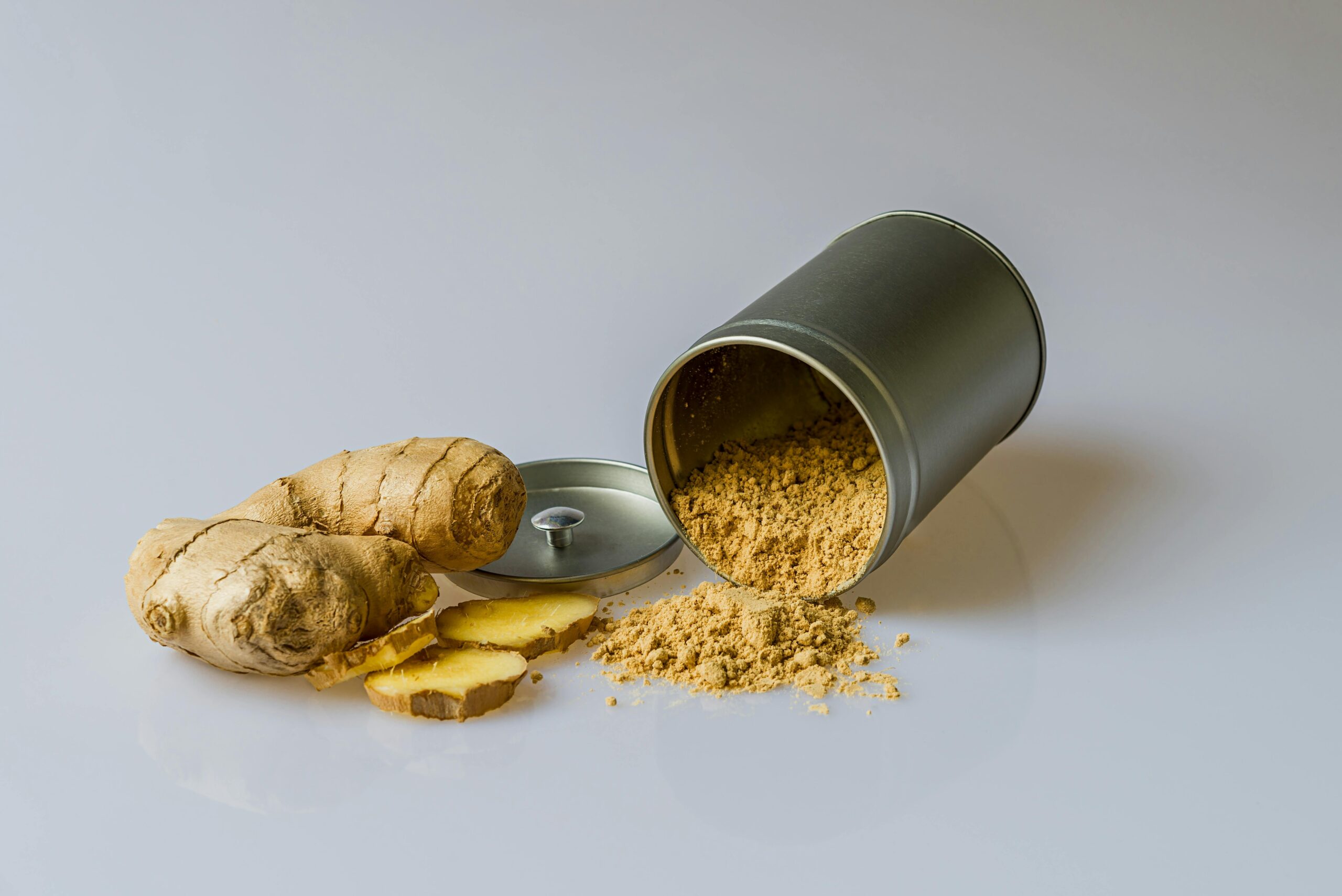
From root to remedy, ginger weaves its way through folk traditions as both spice and salve. Whether steeped, chewed, or swallowed as a capsule, its virtues are manifold.
Primarily, ginger excels in quelling nausea — from morning sickness to chemotherapy fallout. Less definitively, it’s been touted for hypertension, migraines, and cardiovascular resilience.
Some research whispers of its clot-thinning properties, though it hasn’t yet dethroned conventional blood thinners.
Exceptionally well-tolerated, ginger rarely offends the body. Overindulgence might cause a brief encounter with heartburn or watery bowels.
Summary: Ginger is a grounded, earthy ally against nausea and may hold further secrets yet to be fully unearthed.
-
Valerian
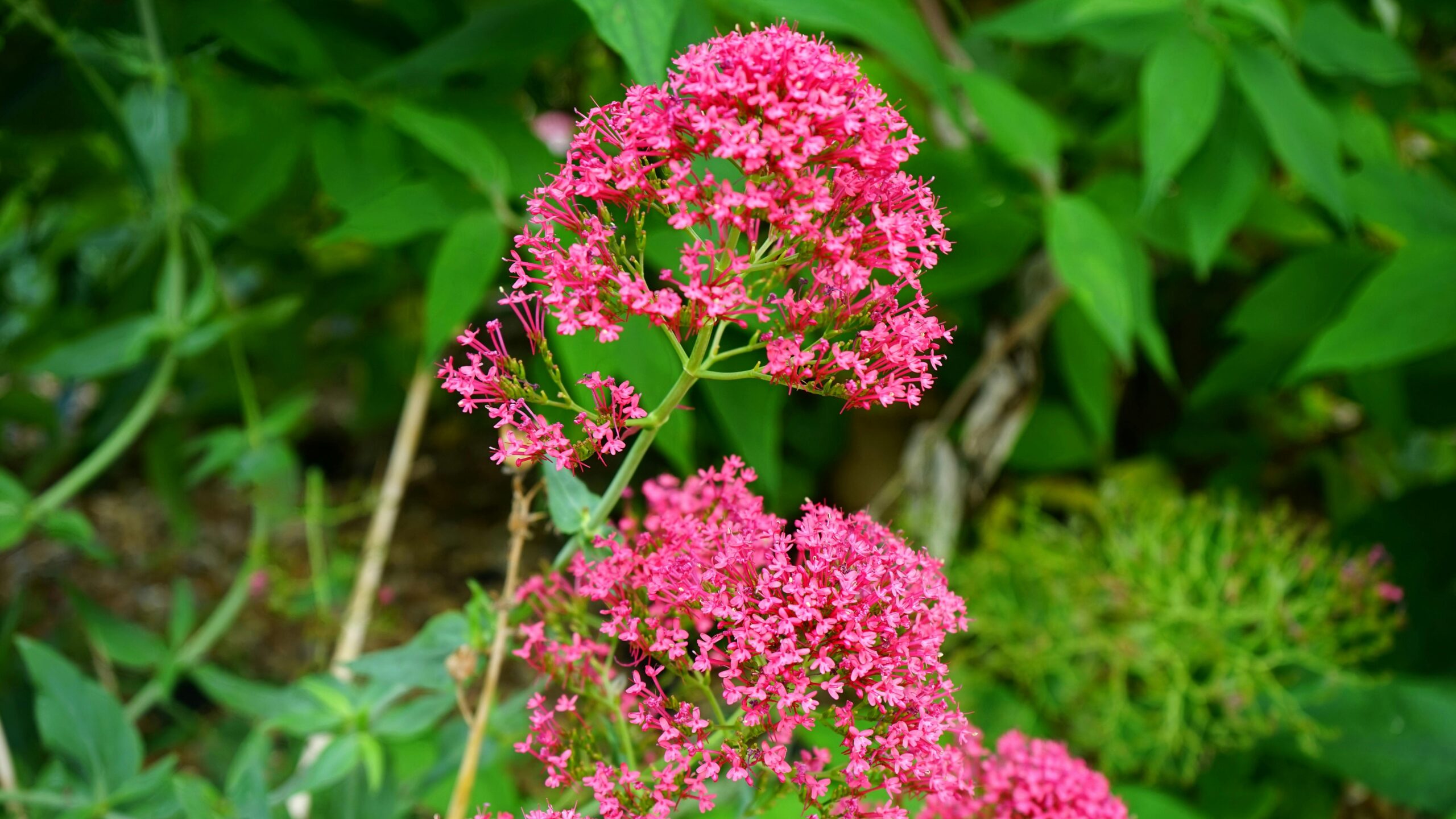
Endearingly dubbed “nature’s Valium,” valerian root has been the midnight companion of insomniacs since the time of Hippocrates.
Its calming influence — often brewed into tea or encapsulated — is said to steady tremors, hush anxious minds, and usher in restorative slumber.
Yet, scientific affirmation is elusive. While some participants report improved sleep, these accounts are largely anecdotal and subjective.
Caution is warranted if taken alongside sedatives — their combined effects may be stupefying. Occasional side effects include minor headaches or stomach unease.
In a phrase: Valerian may serenade you into sleep, but don’t expect scientific serenades in return — yet.
-
Chamomile
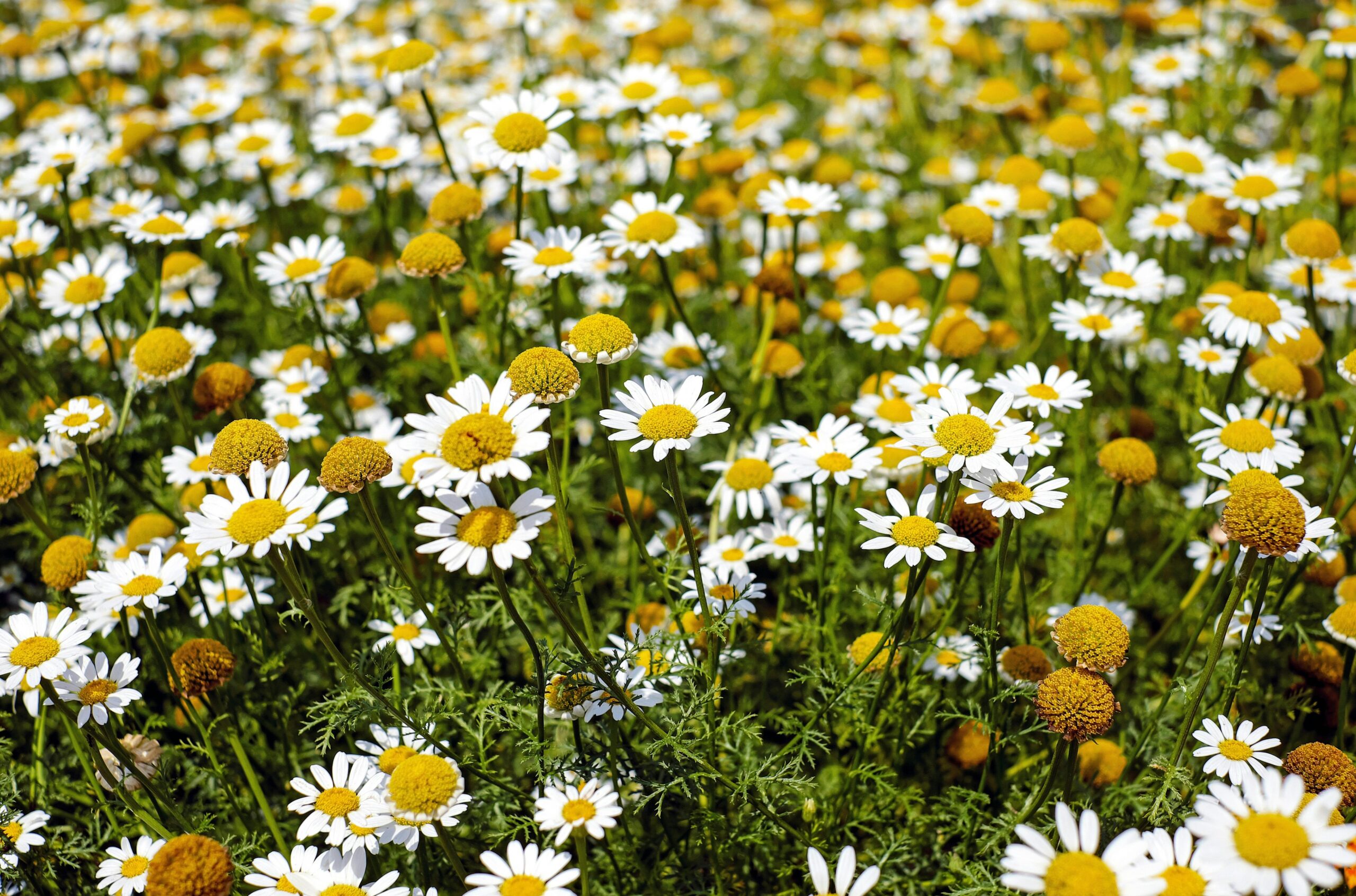
With its dainty, daisy-like blossoms, chamomile reigns as one of the globe’s most beloved botanical therapies. Its dried flowers, commonly steeped into fragrant teas, conceal a spectrum of bioactive compounds.
Traditionally championed for gastrointestinal relief, wound care, and respiratory ailments, chamomile also finds favor in easing PMS symptoms and emotional unrest.
Though human trials are limited, a few signal modest benefit in inflammation control and pain management. Allergic sensitivity is its main risk — particularly for those reactive to ragweed or marigolds.
In conclusion: Chamomile’s reputation spans centuries — its subtle powers quietly permeate both teacups and apothecaries.
Cautions with Herbal Use
Don’t be lulled by the “natural” label. Botanical supplements may pack potent pharmacological forces. Interactions with prescriptions can be severe — or even fatal — as with St. John’s wort or valerian when mixed with antidepressants or sedatives.
For expectant or nursing individuals, herbal interventions should be scrutinized with professional guidance. The safety of many herbs during pregnancy remains uncharted.
Compounding the concern: regulation of herbal goods is far from uniform. In the U.S., for instance, efficacy and purity need not be proven before a product hits shelves.
Wise practice: Opt for supplements vetted by third-party entities like NSF International or the U.S. Pharmacopeia.
Frequently Asked Questions (FAQs)
- Are herbal medicines completely safe because they’re natural?
Not necessarily. “Natural” doesn’t always equate to “harmless.” Some herbs can cause adverse reactions, especially when combined with pharmaceutical medications or taken in excessive amounts. - Can I take herbal supplements while pregnant or breastfeeding?
You should consult a healthcare professional before using any herbal remedy during pregnancy or lactation. Some herbs may affect fetal development or lactation negatively. - Do herbal medicines actually work?
Some herbal treatments have shown promising results in preliminary studies or traditional use cases. However, scientific validation varies greatly among herbs, and robust clinical evidence is often limited. - How do I know if an herbal supplement is pure and effective?
Look for third-party verification from organizations such as U.S. Pharmacopeia (USP), NSF International, or Consumer Lab. These entities verify product purity, quality, and ingredient transparency. - Can I use herbal remedies alongside my prescribed medications?
Certain herbs, like St. John’s wort or ginkgo, may interact negatively with prescription drugs. Always seek guidance from your healthcare provider to avoid dangerous interactions. - Is it safe to consume raw herbs or unprocessed plants?
In many cases, no. Raw or improperly prepared herbs—like unripe elderberries—can be toxic. Always ensure herbs are processed correctly or consult a knowledgeable practitioner. - How long does it take to see results with herbal medicine?
Herbal remedies typically work more gradually than pharmaceuticals. Results may vary depending on the condition, dosage, and your individual physiology. Some may see benefits within days; others may take weeks. - Where should I purchase herbal supplements?
Only buy from reputable vendors or certified health stores. Look for transparent labeling, expiration dates, and proof of third-party lab testing.
Final Thought
The world’s trust in herbal remedies remains fervent, despite scientific ambiguity. Giants like ginseng, turmeric, and chamomile hold historical esteem — yet must be approached with discernment and informed care.
Botanicals whisper to the body’s rhythms — but like any medicine, they deserve respect, scrutiny, and the counsel of a qualified guide.
Disclaimer
The content presented herein is intended solely for informational and educational purposes. It is not designed to replace professional medical advice, diagnosis, or treatment. While every effort has been made to ensure accuracy, the use of herbal medicines should always be approached with discernment and under the guidance of a qualified healthcare practitioner. Herbal remedies, although derived from natural origins, are not universally safe or suitable for all individuals, especially those who are pregnant, nursing, taking prescription medications, or managing chronic health conditions. The author and publisher of this article disclaim any liability for adverse reactions or consequences resulting from the use of any suggestions, preparations, or procedures discussed herein. Always consult your doctor or a licensed healthcare professional before making changes to your wellness regimen.
Visit Our Site For More Info (NutraBloomLab.com)
